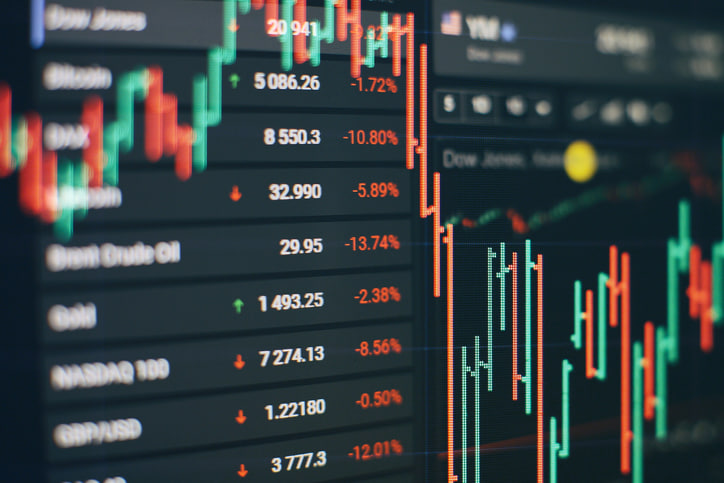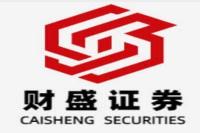Drone and Robot Synergy: Revolutionizing High-Rise Window Cleaning and Beyond!
Meta Description: Discover how drone and robot teams are transforming high-rise window cleaning, boosting safety, efficiency, and sustainability. Learn about this innovative technology, its applications, and the future of low-altitude economics. Keywords: Drone, Robot, High-Rise Cleaning, Low-Altitude Economics, Window Cleaning, Shenzhen, Innovation, Technology
Imagine this: towering skyscrapers, gleaming glass facades reflecting the city's vibrant energy. But maintaining the pristine sparkle of these architectural masterpieces presents a significant challenge – one traditionally met by brave, skilled workers known as "spider-people," dangling precariously from ropes hundreds of feet in the air. This perilous profession, with its inherent risks and high labor costs, is undergoing a radical transformation thanks to a groundbreaking synergy: the unlikely partnership of drones and robots. This isn't just about cleaning windows; it's a testament to technological innovation, a leap forward in safety protocols, and a glimpse into the future of low-altitude economics. Forget the age-old, heart-stopping images of humans clinging to building sides; the future is automated, efficient, and remarkably safe. This article delves deep into this exciting new development, based on firsthand accounts and industry insights, offering a comprehensive look at the technology, its impact, and its promising future. We'll explore the nuts and bolts of the system, examine its economic advantages, delve into safety improvements and environmental considerations, and even peek into the futuristic applications that are just around the corner. Get ready for a fascinating journey into a world where drones and robots aren't just futuristic concepts – they're reshaping the way we work, at dizzying heights.
Drone and Robot Teams: A High-Flying Cleaning Revolution
This innovative approach, first implemented in Shenzhen, China, leverages the strengths of both unmanned aerial vehicles (UAVs, or drones) and ground-based robots to achieve unparalleled efficiency and safety in high-rise window cleaning. The drones, essentially "water gun warriors," act as the initial cleaning force, using high-pressure water jets or specialized cleaning solutions to loosen dirt and grime. Following the drone's initial pass, the robots, the "smart wipers," meticulously scrub and polish the glass, ensuring a spotless finish. This coordinated effort dramatically reduces cleaning time and eliminates the inherent risks associated with traditional methods.
The system isn't just a simple addition of two technologies; it is a carefully choreographed dance of precise movements and coordinated actions. The drones use advanced GPS and imaging systems to navigate the building's facade with pinpoint accuracy, while the robots are equipped with sensors and advanced cleaning mechanisms to ensure thorough cleaning, even on complex architectural designs. This seamless collaboration represents a paradigm shift in building maintenance.
A Deep Dive into the Technology
The technology behind this revolutionary cleaning system is surprisingly multifaceted. Let's break down the key components:
-
Drones: These aren't your average hobbyist drones. We're talking about heavy-duty, industrial-grade UAVs, capable of carrying substantial payloads of water, cleaning solutions, and even specialized cleaning attachments. These drones are equipped with sophisticated navigation systems, obstacle avoidance sensors, and high-precision spray nozzles to ensure efficient and targeted cleaning. The choice of drone size determines the height it can effectively clean, with larger drones tackling the tallest buildings.
-
Robots: The robotic component usually involves a specialized cleaning unit that attaches to the building's exterior. These robots use advanced cleaning mechanisms, such as rotating brushes or wiper blades, to remove dirt and debris loosened by the drones. Their ability to adhere firmly to the building's surface, regardless of wind conditions, is crucial to the system's success. Sensors ensure precise movement and optimized cleaning patterns.
-
Cleaning Solutions: A key breakthrough in this technology is the development of highly effective, yet environmentally friendly, cleaning solutions. These formulas are designed to break down even stubborn grime, including insect residue and airborne pollutants, while minimizing water consumption and chemical waste.
Benefits Beyond Speed and Safety
The advantages of this drone-robot cleaning system extend far beyond speed and safety, offering significant economic and environmental benefits:
-
Cost Savings: The initial investment in the technology may be substantial, but the long-term cost savings are significant. Reduced labor costs, less downtime, and decreased need for scaffolding all contribute to lower overall expenses. It's often quoted that this method can save more than 50%, sometimes even 70%, on labor costs compared to traditional techniques.
-
Enhanced Safety: Perhaps the most significant benefit is the elimination of the risks associated with traditional high-rise cleaning. No more dangling from ropes; no more exposure to high winds or precarious heights. This dramatically improves worker safety and reduces the potential for accidents.
-
Environmental Responsibility: The use of eco-friendly cleaning solutions and reduced water consumption makes this method significantly more environmentally conscious than traditional methods. This is a big selling point in a world increasingly focused on sustainability.
-
Increased Efficiency: The sheer speed of the drone-robot system is a game-changer. Cleaning projects that once took weeks can now be completed in days, minimizing disruption and maximizing productivity. Imagine the impact on building maintenance schedules!
Real-World Applications and Future Potential
The successful implementation in Shenzhen is just the beginning. The applications of this technology extend far beyond window cleaning:
-
Building Inspections: Drones equipped with high-resolution cameras can be used to inspect buildings for damage or structural problems, identifying potential issues before they escalate.
-
Emergency Response: Drones can play a vital role in emergency response situations, delivering supplies, assessing damage, and even assisting in search and rescue operations. This aspect is highlighted by the pilot program in Shenzhen aimed at integrating the drone technology into high-rise firefighting strategies.
-
Other Industries: The technology's potential extends to other industries, such as infrastructure maintenance, power line inspections, and even agricultural applications.
The Future of Low-Altitude Economics
The rise of drone and robot technologies is ushering in a new era of low-altitude economics, creating opportunities for innovation and job creation. The applications are vast, and the potential for economic growth is immense. Shenzhen's proactive approach in fostering this sector serves as a model for other cities looking to capitalize on this exciting new frontier.
Frequently Asked Questions (FAQs)
Q1: How much does this technology cost?
A1: The initial investment in drones, robots, and specialized software can be significant. However, the long-term cost savings from reduced labor, increased efficiency, and enhanced safety often outweigh the initial investment. Exact pricing varies depending on the scale of the project and the specific equipment used.
Q2: How safe is this technology?
A2: The system is designed with safety as a paramount concern. Redundant systems, advanced sensors, and sophisticated control mechanisms minimize the risk of accidents. The elimination of human exposure to dangerous heights is a substantial safety improvement.
Q3: What types of buildings can this technology clean?
A3: The technology can be adapted to clean a wide range of buildings, from skyscrapers to mid-rise structures. However, the size and type of drone and robot used will vary depending on the building's height and complexity.
Q4: Is this technology environmentally friendly?
A4: Yes, the system utilizes eco-friendly cleaning solutions and requires less water than traditional methods, making it a more sustainable choice.
Q5: What are the limitations of this technology?
A5: Limitations include potential challenges in extremely high winds, complex building designs, and the need for skilled operators. Technological advancements are continuously addressing these limitations.
Q6: What is the future of this technology?
A6: The future is bright! We can anticipate further advancements in automation, AI-powered decision-making, and the integration of this technology with other building management systems. Expect to see wider adoption across various industries.
Conclusion
The integration of drones and robots in high-rise window cleaning marks a significant technological advancement with profound implications for safety, efficiency, and sustainability. This innovative approach isn't just about cleaning windows; it's a symbol of a future where technology empowers us to work smarter, safer, and more sustainably. As the technology matures and becomes more widely adopted, its impact on various industries will only continue to grow. The future of high-rise cleaning, and indeed, many other sectors, is undeniably high-flying.



